A (Middle) Path to Understanding Vesak Day 2023
Celebrating the Buddha's Two and a Half Thousandth Birthday! 🎂
- Vesak Day is a holiday observed by Buddhists worldwide, with traditions and rituals differing from country to country and depending on the particular followed branch of the Buddhist religion.
- Vesak Day marks the Buddha’s birth, enlightenment, and death over two and a half thousand years ago.
- It is a time of joy, peace, and reflection upon walking the Middle Path, where luxury and denial are in balance.
Vesak Day, also known by many other names around the world, such as Buddha Purnima, Buddha Jayanti, or just Buddha Day, is a holiday observed by Buddhists to celebrate the birth, enlightenment, and death of the Buddha.
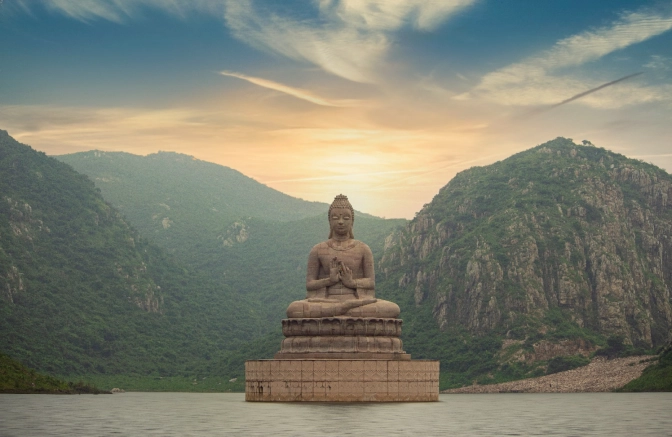
The Holiest Day Celebrated by Buddhists
Vesak Day is a time of joy, peace, and reflection. It starts when festivities begin early in the morning when people hoist the Buddhist flag and chant. During the rest of the day, Buddhists visit temples, meditate and offer prayers along with flowers, candles, and joss sticks.
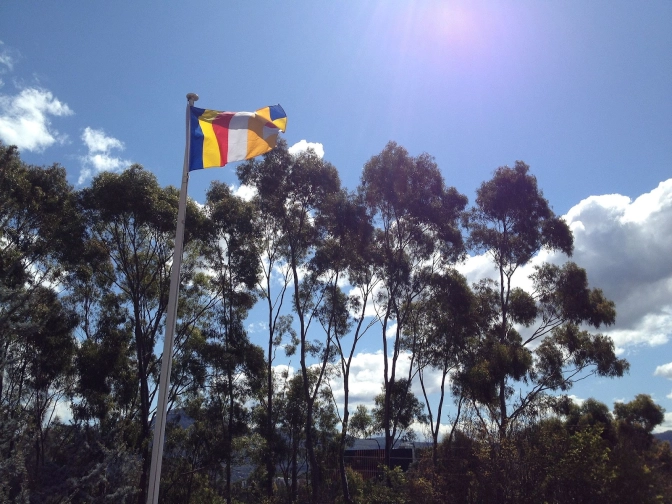
Vesak Day is sacred to millions of Buddhists worldwide. Buddhism ranks as the fourth largest religion by the number of devotees. It marks the day that the Buddha was born, attained enlightenment, and then passed away in his eightieth year, based on estimates that he lived between 563 and 483 BCE. Estimates vary a lot!
The official date that the UN gives for his birth is 623 BCE. But the exact years (or centuries!) are not, in a way, essential. Vesak Day is a time for quiet reflection on the Buddha’s teachings, joy, and peace.
It is the single most significant holy day celebrated by Buddhists. The actual day in the Western Gregorian calendar changes each year as it will fall on the first full moon of the lunar month of Vesakha (the 15th day of the fourth month of the Chinese Lunar Calendar). This usually falls between May and early June.
However, the date varies around the world depending on lunar calendars. For example, it is celebrated on June 2 in Singapore, but May 5 in China.
During the Buddha's time, Confucius died, Li Er founded Taoism, and the Period of Warring States of China began. London was still a small collection of huts near the River Thames, the Greeks had just invented the catapult, and Athens defeated the Persians in the Battle of Marathon.
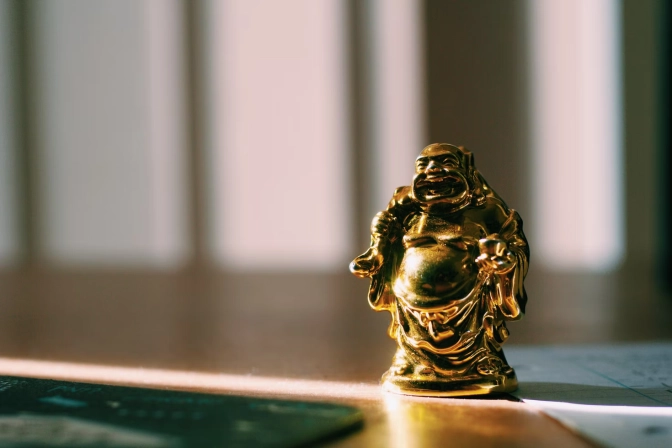
Did You Know?
The familiar "Laughing Buddha" (or "Fat Buddha") was actually a Chinese Zen Buddhist monk called Budai who lived about 1,600 years after the Buddha (who was known to be relatively lean.) Budai was known as the Laughing Buddha for his big smile and the happiness he spread, becoming a famous character in Chinese folktales. But he wasn't the Buddha!
Origins of Vesak Day
Buddhists do not believe in a single god who created the world and everything in it. Most Buddhists believe in the teachings of a man called Siddhartha Gautama, who became known as the Buddha.
Siddhartha is believed to have been a prince from a wealthy family in the foothills of the Himalayas, now Nepal, in the 5th Century BC.
Prince Siddhartha Gautama?
The name Siddhartha is not recorded anywhere in the Pali Canon (where the Buddha’s teachings have been passed down through the millennia), so we actually do not know the actual first name of the Buddha! And in some traditions, the Buddha is also known as Shakyamuni ("Sage of the Shakyas") as he was the son of Suddhodana Gautama, an elder in the Shakya clan, not a king, meaning that the Buddha was wealthy but not a prince!
It is believed that he realised that wealth and luxury did not guarantee happiness, so he travelled as a homeless holy man to learn more about the world. He saw the suffering in the world, and after six years of studying and meditation on his travels, he became spiritually aware and reached his goal of finding meaning in life. This is called enlightenment.
Enlightenment and Nirvana aren't the same! And neither involves being "blissed out"! The different branches of Buddhism have differing interpretations of the differences. Still, in one explanation, Enlightenment is the awakening event, and Nirvana is the resulting state of being beyond existence and non-existence.
At this time, he became the Buddha, and for the rest of his life, he taught his followers. Buddha is a title, rather than a name, which means the enlightened or awakened one. The word Buddha is derived from bodhi, which means "awakened."
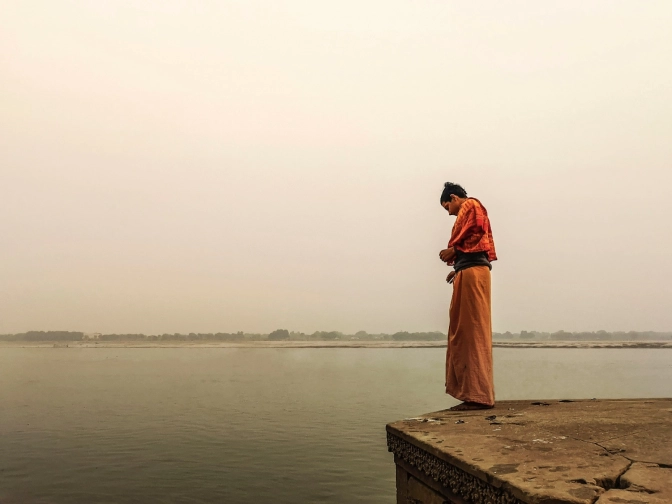
The Middle Path and Wealth
Siddhartha Gautama travelled for a long time, looking for a way for humans to escape suffering. Still, he did not find a life of denial any more rewarding than the luxurious life he grew up in. Instead, he decided to embrace a path known as the Middle Path (or Middle Way), which struck a balance between the extremes of luxury and avoiding all forms of indulgence whatsoever.
He explained the Middle Path as a way to discover the balance between the extremes of life as we find in the yin and yang, the feminine and masculine, and dark and light. In Buddhism, wealth is temporary and not the path to happiness.
But the Buddha taught his followers that money is neither good nor evil and is undoubtedly no more evil than any other resource. However, selfishness, excessive love of money, attachments, greed and cravings can possess us and control our thoughts and actions. And if our money is used for empowering and enriching the lives of others, then it can be a force for good and a source of happiness!
You Too Can Follow the Buddha Budget!
1. Set aside money for your needs first, and then your wants
2. Set aside money to grow your business
3. Set aside money to improve your skills, enrich your career and learn something new
4. Set aside money for times of need
5. Avoid debt or try to pay it all off since debt brings anxiety and suffering
The Pali word "Ananasukha" in the Buddha's teachings specifically describes the happiness you get from being debt-free!
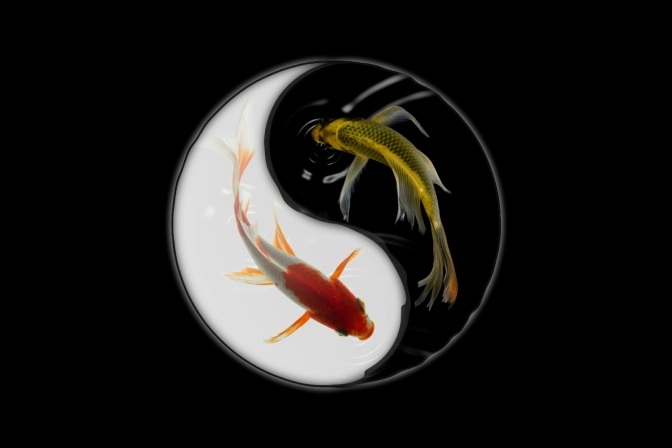
Vesak Day Traditions and Rituals
On the day, Buddhists will usually visit their temples for ceremonies, including prayers and offerings of candles and flowers. Other common rituals are sharing vegetarian meals and listening to teachings by monks and other learned scholars of the religion.
Some temples and monasteries have unique traditions. For example, in Singapore, the Kong Meng San Phor Kark See Monastery is famous for its “Three Step One Bow” (三步一拜) ceremony. The ritual requires a devotee to take three steps before prostrating while chanting mantras around the temple's perimeter. The entire procession takes about 2.5 hours and is a way of paying respects to the Buddha and testing one’s spiritual (and physical!) fortitude.
At the Mangala Vihara temple, the sacred bodhi tree in its compound is decorated with prayer offerings and other items. At the same time, at the Tang Dynasty style Buddha Tooth Relic Temple, some 2,000 lanterns are set up around the grounds to herald the special day.
Another common practice is the bathing of statues of the Buddha, where water will be poured to signify the legend of the Buddha's consecration by the waters of nine mythical dragons after birth. Other common practices observed during Vesak Day include the gold gilding of statues of the Buddha, the lighting of oil lamps, performing charitable deeds or volunteering even more than usual.
Despite the different rituals and ceremonies, a distinct feature of Vesak Day in Singapore is its inter-denominational approach to the festivities. The celebration events are open to all Buddhist members, no matter what denomination they may belong to. The main denominations are:
- Theravada
- Mahayana, further branching off into Zen, as found in Japan and Vajrayana, as in Tibet
Such opportunities for cultural exchange enable a more holistic understanding of Buddhism.
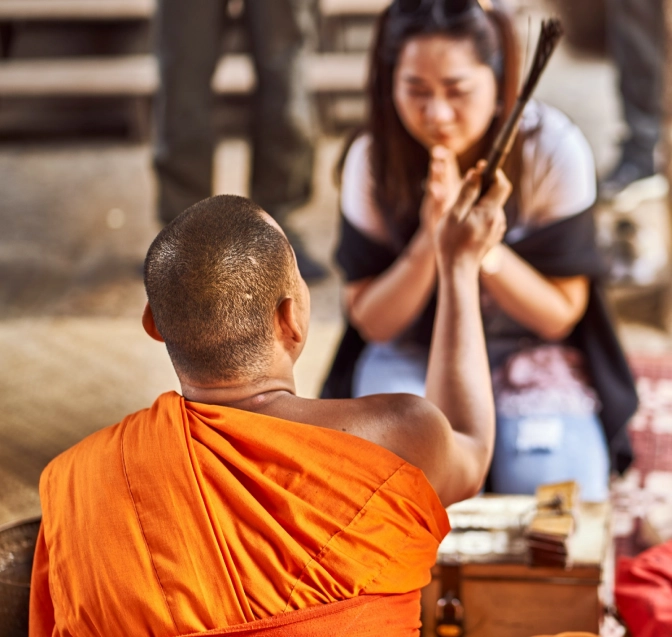
Not Always a Public Holiday
In Singapore, Vesak Day was made a public holiday only in 1955 after many public petitions. In the early decades of the 20th century, Vesak Day was associated with the Ceylonese community, which then celebrated it along with their National Day in a two-day event. After World War II, there was a movement to make Vesak Day a public holiday, with the Singapore Buddhist Association leading the petitions.
Did You Know?
Surprisingly, for such a significant and influential world religion, the United Nations only acknowledged Vesak Day internationally in 1999!

Offerings and Good Deeds
On Vesak Day, devotees gather at the break of dawn to raise the Buddhist flag and chant. They give offerings like flowers, candles, and joss sticks, which through their withering and burning, symbolise the decay and destruction that life is subject to. This is a day of goodwill, so Buddhists are encouraged to spread happiness through volunteering and refrain from killing of any kind, so practitioners tend to stick to a meat-free diet on Vesak Day. Buddhists may also release caged animals in other countries, but that's banned in Singapore to protect the local ecosystem. Statues of the Buddha are illuminated, with the day often ending with a candlelight procession.

Hopefully, this short guide has helped you better understand what Vesak Day is all about. It can be overwhelming to the uninitiated, especially to all our non-Buddhist friends. Remember to stay healthy, positive and have fun during this festive period!
GUIDE TO VESAK DAY. COMPLETED. ✅
Sources:
- https://sg.theasianparent.com/5-things-you-didnt-know-about-vesak-day
- https://www.womensweekly.com.sg/gallery/family/interesting-facts-vesak-day-singapore/
- https://expatliving.sg/vesak-day-facts-buddhism-culture-singapore/
- https://multiculturalkidblogs.com/2019/05/17/10-fun-facts-vesak-2/
- https://teachingsofthebuddha.com/Buddhism-and-Money
- https://www.learnreligions.com/enlightenment-and-nirvana-449967
- http://chowkafat.net/Chron/Chron2e.html
- https://www.un.org/en/observances/vesak-day
- https://www.worldtravelconnector.com/skinny-buddha-vs-fat-buddha-laughing/
- Header photo by Kloud Walker on Unsplash
